Bula (boo-la), friends! (Hello in Fijian!)
This recent vacation to Fiji was very special because it was not your “just sun n’ fun.” It was a vacation on the levels of experiences.
The Fiji experience as a visitor
We arrived in Fiji at 5:50 a.m. to a tsunami warning from an 8.1 earthquake off the east coast of Fiji and a message from Tom (our son, the disaster king), “Call me as soon as possible, please.” He had already called the hotel and I believe he already had his “go-bag” in his car to come save us. The quake was relatively close, but miles deep and on the other side of the island. No effects where we were at all. As far as I can see, no one on the island felt it—or would at least admit it. We were so numb traveling the two days, 16.5 hours of flying, I know we wouldn’t have felt it, but actually it happened two hours before we landed.
We actually got to see part of the island because the resort was an hour away from the airport. Rolling hills, goats, cows, horses, sugarcane, and more sugarcane. The volcanic mountains were off in the distance on the other side of the island, which does not have infrastructure like roads, etc. The only train on the island carries sugarcane. Go figure.
Fiji’s economy is based on first sugarcane, then tourism… no mention of Fiji Bottled Water?
Fun facts:
- If you come here, you will say Bula (boo-la) 2000 times a day because you cannot pass any staff without them acknowledging you with Bula and several questions about how you are doing. After a short time, you start blending in inflections to saying Bula that say as much as the word does (hello, how are you). There are also ancillary terms like Bula BS and Bula Shit.
- The three major religions of Fiji are Christian, Hindu, and Rugby. We heard more rugby “discussions” between the Fijians and the Aussies and New Zealanders than anything else. Fiji won some major Rugby tournaments in the 80’s. The main bridge is named after the tournament.
- Tourists are primarily from Australia and New Zealand, since they are a 3-5 hour plane ride away.
“Fiji time” is a real thing. It is much like “Caribbean time.” Two gears. First gear forward and reverse. Based on what we experienced in the villages, and excessive and continuous supply of Kava (the national drink, which is controversial and has some saying it is a mild narcotic) has something to do with it.
Fiji is the first land mass after the International Dateline. If you are in Fiji, you will be the first to see the new day, Christmas, New Year, etc. Some folks traveled to Fiji at the turn of the millennia to be the first to experience it.
Viti Levu Island
It takes about 12 hours to drive completely around the perimeter of Viti Levu, the main island of Fiji and where the airport is. This is the island we stayed on. There are about 330 islands that make up Fiji and 1/3 are inhabited.
You get all excited about the U.S. dollar, which is twice the value of the Fijian dollar. What is interesting is that in all our travels, Fiji was probably the least expensive foreign country so far. It was about average (and in many times lower) with the U.S. currency based on the current conversion rates.
In 1987, there was a coups d’état. The Fijians joke about it. Because they are on “Fijian time,” they basically ignored it, so schools, business, and churches went along without any effect. They called it the “Happiest coup” there ever was, ever.
We never found any Fijians that had traveled off island. A few say they would like to, but most say they have “no reason to travel.” Most say any vacation time off was spent going back to their villages where they were born and visiting their “family.” Their “family” is not their immediate family, but all those who are part of their village.
The Fijian villages
We finally traveled out of the pristine paradise of the resort supported by Fijians from all over the island (rarely did we see a non-native Fijian as an employee in the resort, except for management). There is always an agreement between the hotel and the local villages where they hire their village family first.
This trip was an absolute shock to our perspective. I thought the diving was going to be the highlight, but I was wrong. It was our excursions into the Fijian villages.
The island is organized in villages. You can tell by the way Fijians talk about them that they are very proud of their villages as part of their heritage. Each village is a small, very tight community made up of generations of Fijians born in there and has its own sub-economy. There are about 300 villages, many of which are several square miles. We discussed visiting some of the villages with the cab driver and he mentioned not to go through a travel company because “all the monies go to the companies and not to the villages.”
How the villages work
There is a Chief of each village. Neither he nor his wife work. People from the village supply him with what he needs (wants). He also holds meetings of the village men either in his house or committee building, where women are not allowed, and where they make village decisions. The authority of the Chief is past down to the eldest son or if there is not one, to a younger brother of the Chief.
Different villages have different “gifts.” At one that we visited, pottery was their gift; another was carving, farming, and so on.
In each village, there are four clans: The Chief, a Spokesman, the Warriors, and the Fisherman.
Even though English is the official language of Fiji and everyone speaks it, the native language (dialects) varies from one village to another. All Fijians speak a common version of their language (Bauan) when people from one village speak to another Fijian from another village. When you listen to them talk to each other, it is completely unfamiliar language.
They still use Fijian drums to communicate to everyone in the village. Drums at 6 p.m. mean kids are in to do their homework. Drums at 7 p.m. are for family prayer. Drums at 10 p.m. mean kids are supposed to be in bed. There are drums for Church, assembling in the Committee Building, the Chief summoning the men, etc.
During the visit, we listened to their unbelievable harmonious singing, drank Kava, and danced with them. I made sure NO cameras had any evidence. We also bought some pottery after Fijians showed us how they form the clay to make the pottery (with their feet and hands, no tools). This village’s gift was pottery, and it’s their way to produce revenue from tourism.
Bottom line
I am so glad we got out of the resort and got an “adjustment” to the others. At first, we did not understand why they were not resentful of the “resort people,” but clearly and genuinely the opposite. These people are proud of their culture and were very thankful of their tourism, which only started in the recent past. During each village tour, we went through getting permission from the Chief (or Spokesman) to sit with the villagers and visit. They encouraged pictures, so we have a memory of “True Fiji.” At each village, there were very formal Fijian ceremonies to welcome us. We were called “family of the village” and asked to return anytime as family. Fijians do not have a word “Goodbye.” They say Moce (moe-thay), which means “see you later.”
Diving in the South Pacific: Shark week all the time!
The diving here was a completely different experience. It made my top 5. Tahiti was all about large schools (balls) of fish, like barracuda, tuna, sharks, etc. To sum up Fiji diving, it was about large fish…mostly sharks. Up the reef where it is shallow, my wife Patti enjoyed snorkeling with the colorful reef fishes and cobalt blue star fish, but saw no turtles (her favorite).
Beyond the shallow protected reefs, the area by the resort has a barrier reef system. If you had a death wish, you could walk on the exposed reef at low tide. There are still Fijian free divers fishing inside the barrier reef. Did I mention sharks? Nurse sharks, black tip, white tip, grey reef sharks, guitar sharks, bull sharks, etc. Inside the reef (in sight of Patti), we saw about eight white and black tip sharks. We entered a shallow cave and took a nose-to-nose picture of a 7-foot Nurse Shark resting. Another cave, a 7-8-foot Gray Reef Shark and a couple of White Tip sharks were hanging out swimming around for quite a while as I videoed them.
There was something going on all the time. One dive while we were going through our Decompression Safety Stop before surfacing, we watched 10 spotted eagle rays (6-7 feet from wing tip to wing tip) pass beneath us. The pictures and videos are simply outstanding.
The rookie dive
There was, however, one experience I could have passed on. I learned in Tahiti that the diving companies in this part of the world are very basic. This particular dive, the waters were rough, just off a barrier reef a mile off the island (which is very normal for the South Pacific). On 4-5-foot seas cresting frequently. There were three of us diving and the other two were Dive Masters (one diving for fun).
We did all the normal things like backward rolls off the boat, staying tight formations, etc. We started to descend and head for the reef when apparently the Dive Master got disoriented. We kept swimming underwater for 30 minutes and saw nothing but sand before he decided to surface to take a look. I could see by my compass he was not going in a straight line. He came back down and could not see the reef or the boat. We had swum out to the open ocean side of the reef and the current pulled us to open ocean. We all surfaced and deployed rescue tubes (bright colored tubes that stand straight up) and blew whistles. It went on for 15-20 minutes and nothing. They made a movie about this with a very bad ending, except we were still in sight of the island a mile or so away (which really didn’t make the second diver and myself any happier).
The Lead Dive Master decided to take off his equipment, leave it with us, and swim back to the other side of the reef in the rough seas to approximately where the boat should be (about a mile away). I kept blowing my whistle for another 10-15 minutes or so until we heard the captain of the boat yelling on his approach (we couldn’t see him with the size of the swells). I was done for the day and cancelled the second dive even though it was going to be an easier dive. Big shark dive in two days and I needed to regroup my head.
Not a fun fact: There is no Coast Guard in Fiji.
Fun fact: Despite this rookie dive, Fiji is still in the top 5 of dive locations.
The diving was nothing but outstanding. However, we had winds every day, so we were diving in 4-5 seas, which is challenging but not my first rodeo. The type of diving was all about the pelagic animals, sharks, and turtles everywhere. As I said before, white tips, black tips, grey reef, guitar (a first for me), and nurse sharks were experienced on every dive. The sea turtles many times were curious, so I got some time to spend with them and the camera. Patti said the snorkeling overhead was some of the best she had done, but she did not see her favorite: the sea turtles. The reefs were in great shape; however, the coral was a lower profile because they were exposed to open seas. Again, the pictures and videos will describe it all.
Shark dive
Traveled 2 hours to the other side of the island to do shark diving, which turned out to be an understatement. Before you call me crazy, I researched diving with sharks on a third world island and the choice I made was with a world class 5-star dive operation that lived up to the experience. Dive briefings that go over the “dive plan” usually take about 5-8 minutes.
This dive briefing took 1 hour and 15 minutes. There is usually one “Dive Master” for each dive, who is like a captain on ship. What they say (or signal) goes underwater. There were 8 divers, 1 Dive Master, and six Master Divers (Dive Masters with the secondary roll to the Dive Master). I normally wear a shorty suit. They required me to wear a full 6 mil dive suit with hood, boots, and gloves (no exposed skin that looks like bait).
I had a camera, so they also made me wear a stainless mesh “long sleeve shirt.” They explained that when I get excited, I will hold the camera away from my body, and the silvery, shiny camera looks like bait. After seeing the sharks up close (the bull sharks were an average of 10 feet, 3-4 feet wide and 400-500 lbs) and personal, not sure what benefit the shark suit would do (for the record, my camera NEVER left my chest the entire time, once I saw the environment I was diving in).
All that said, it is truly paradise. What made this trip so special was the people. Fijians are truly the nicest we have ever experienced, and they are deep into the visitors experiencing their deeply rooted culture.
Thanks For Reading About Rick’s Trip to Fiji! Be Sure To Check Out More From Our Dad Diaries Series!

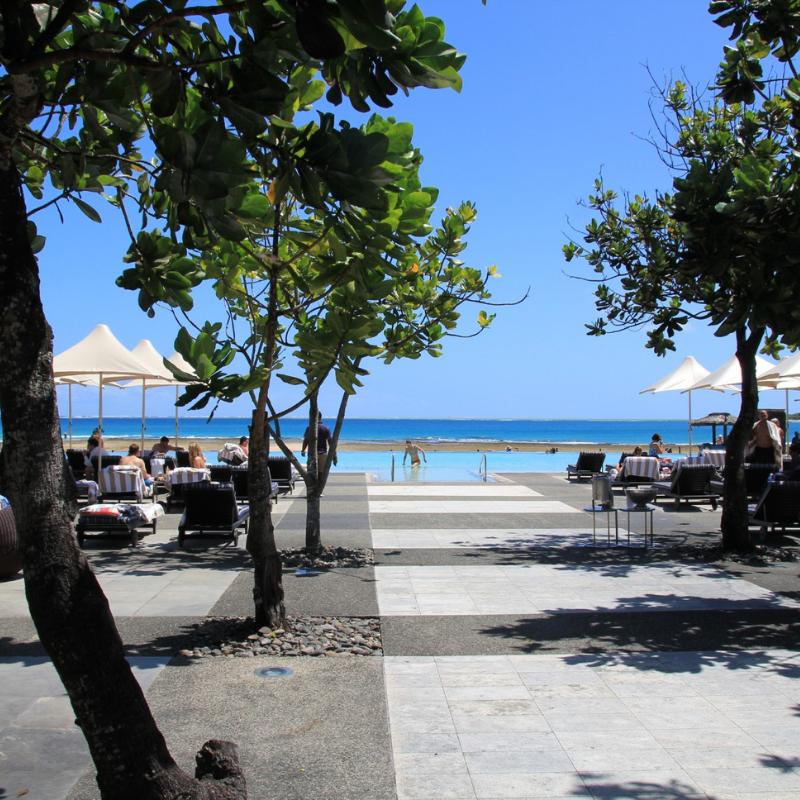
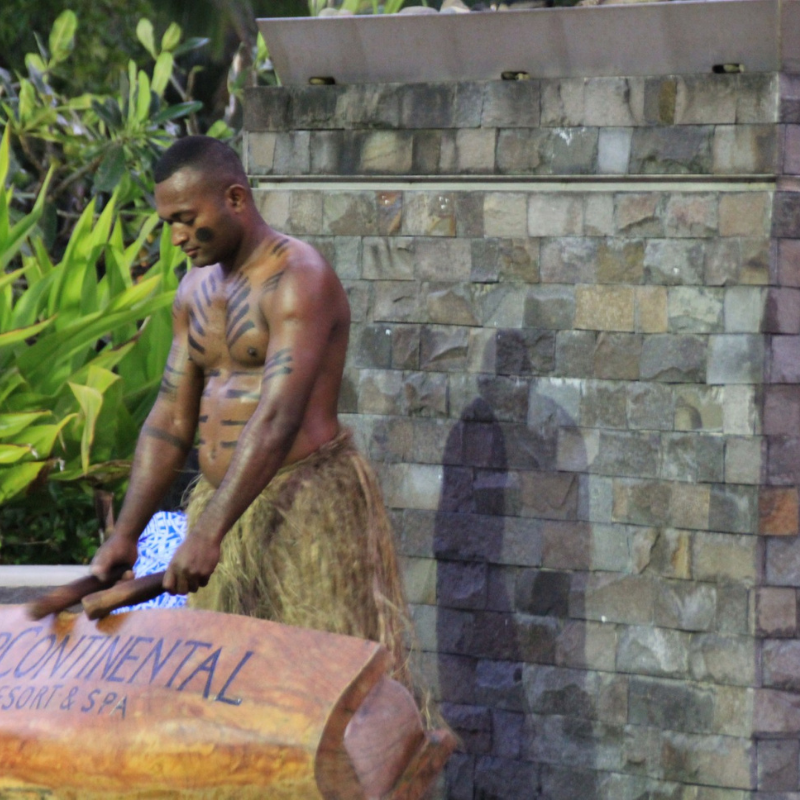
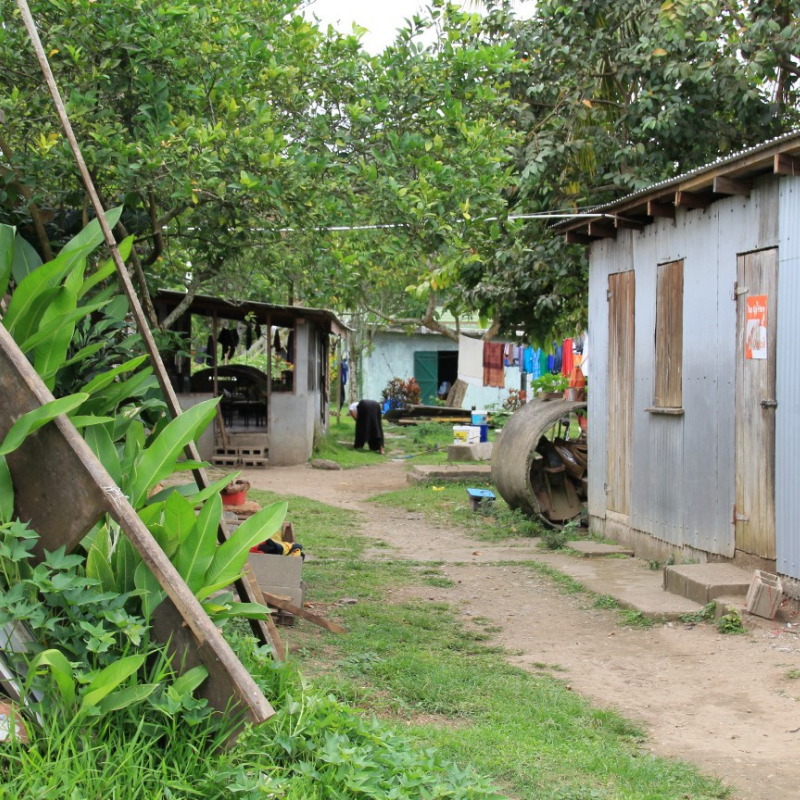
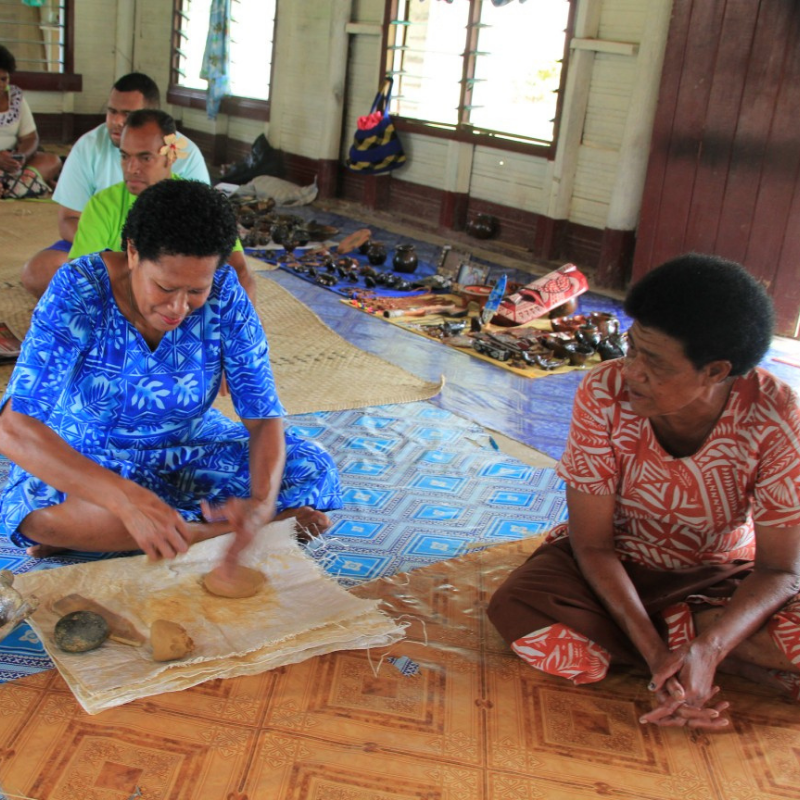
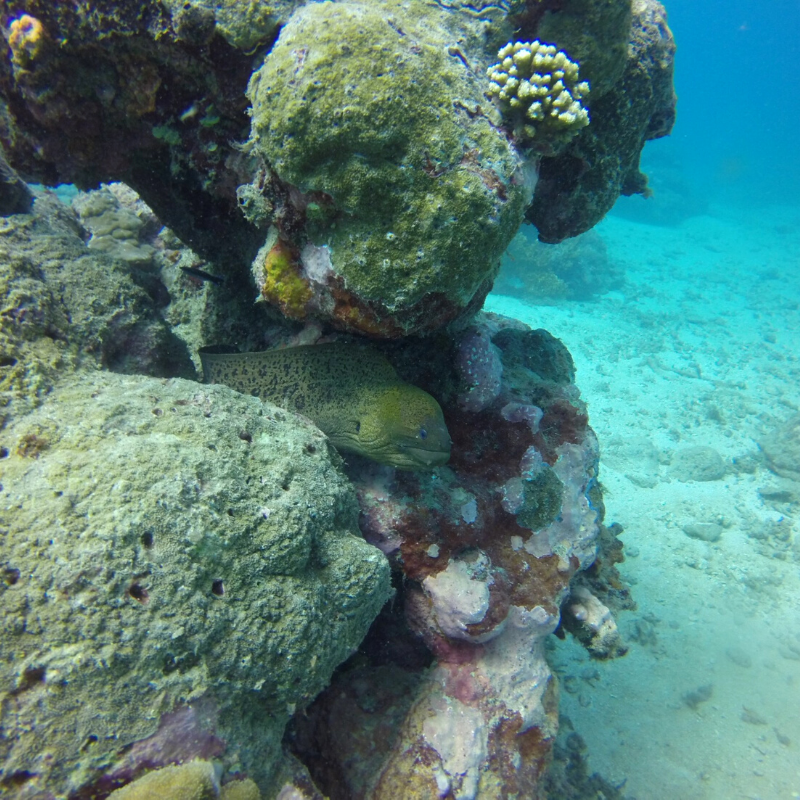
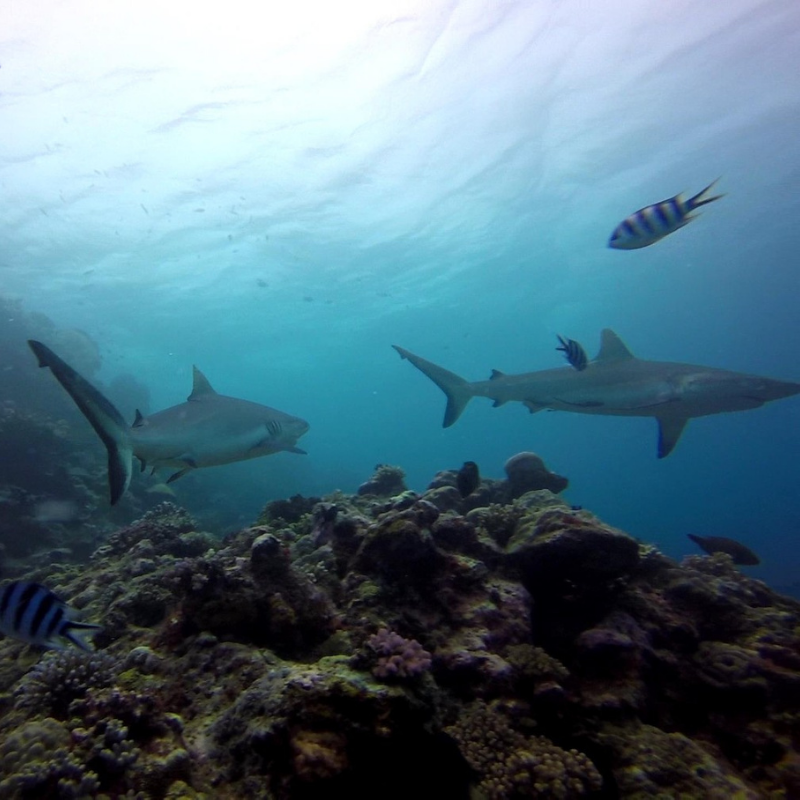
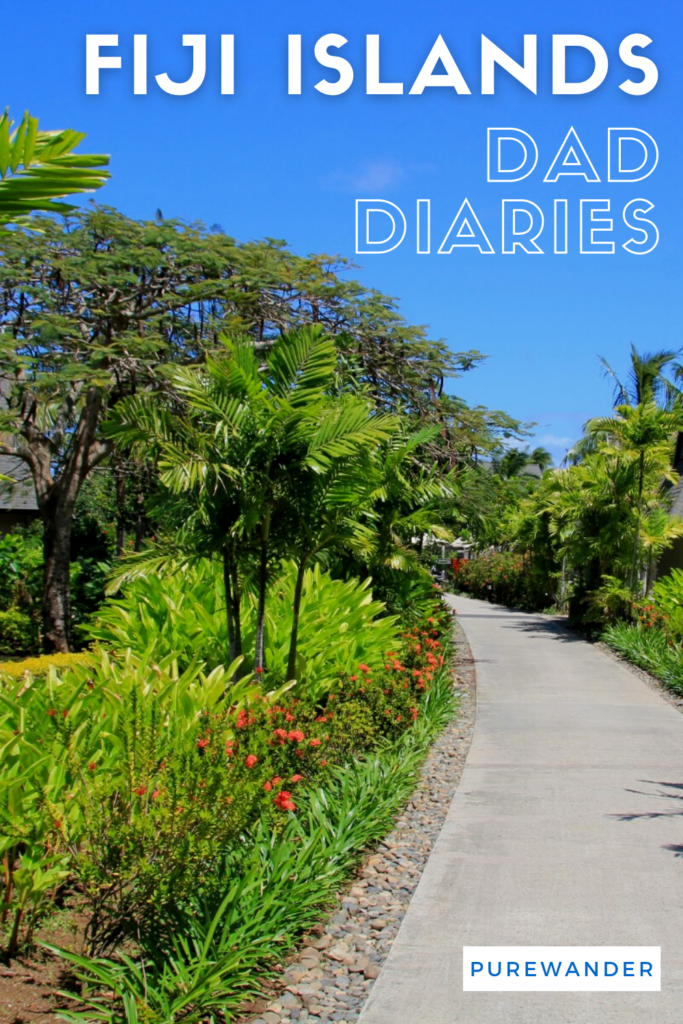
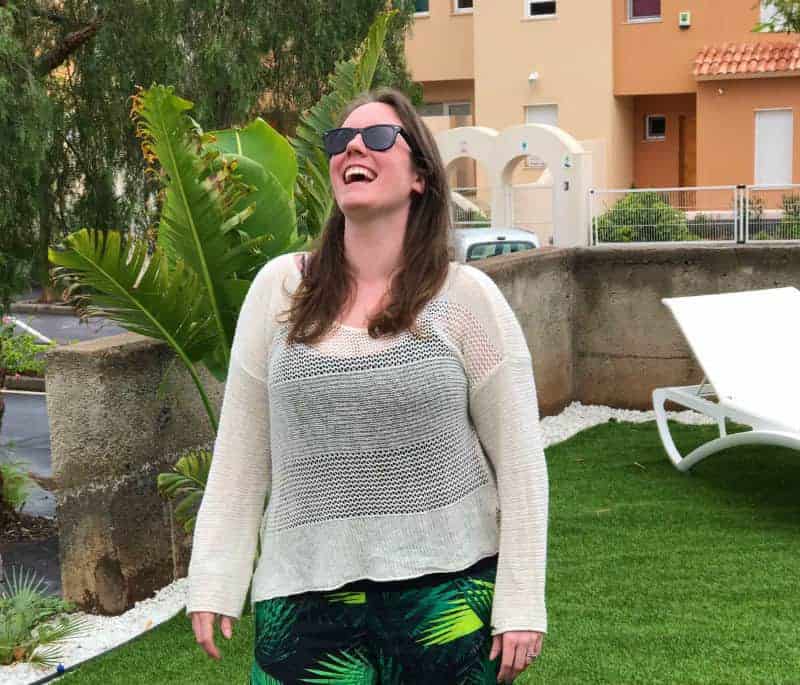
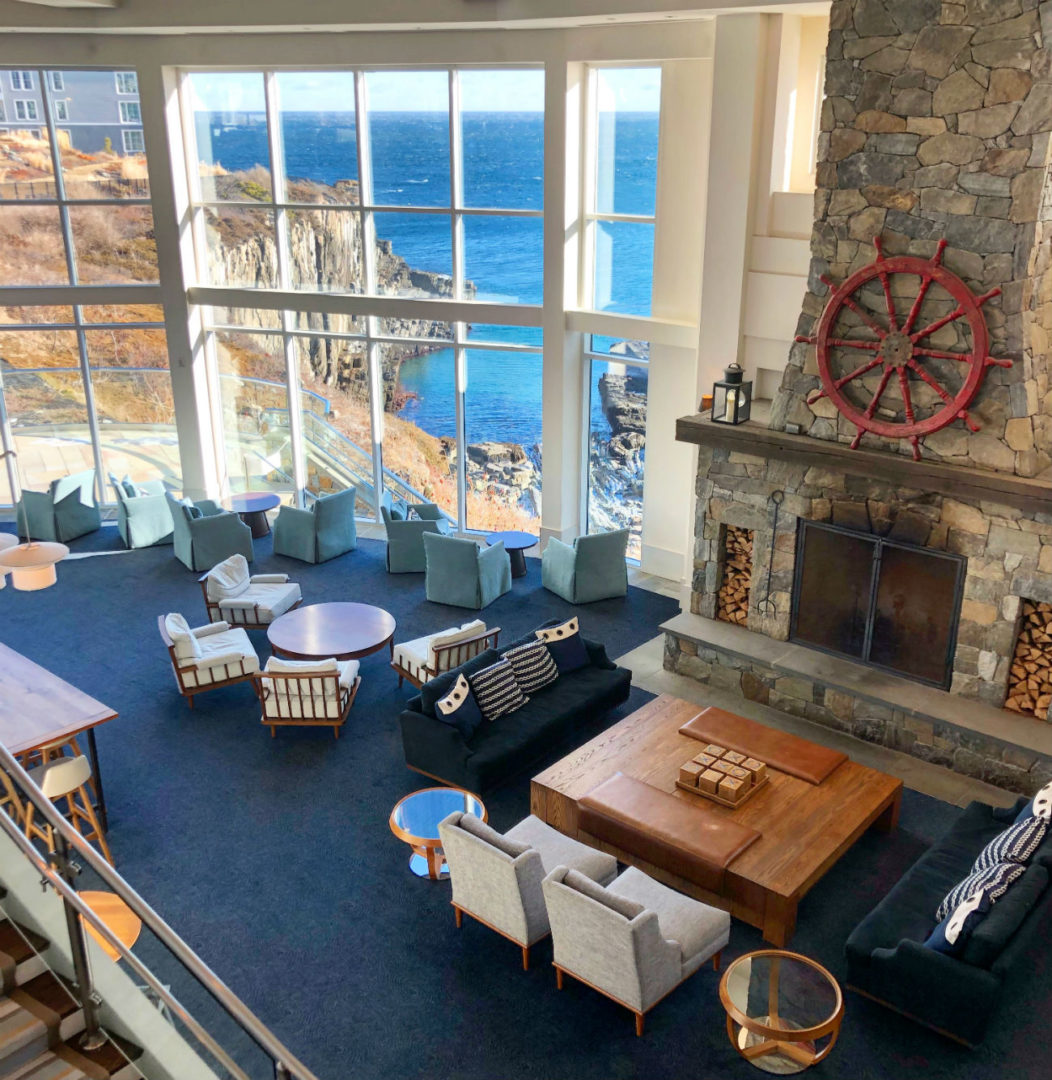
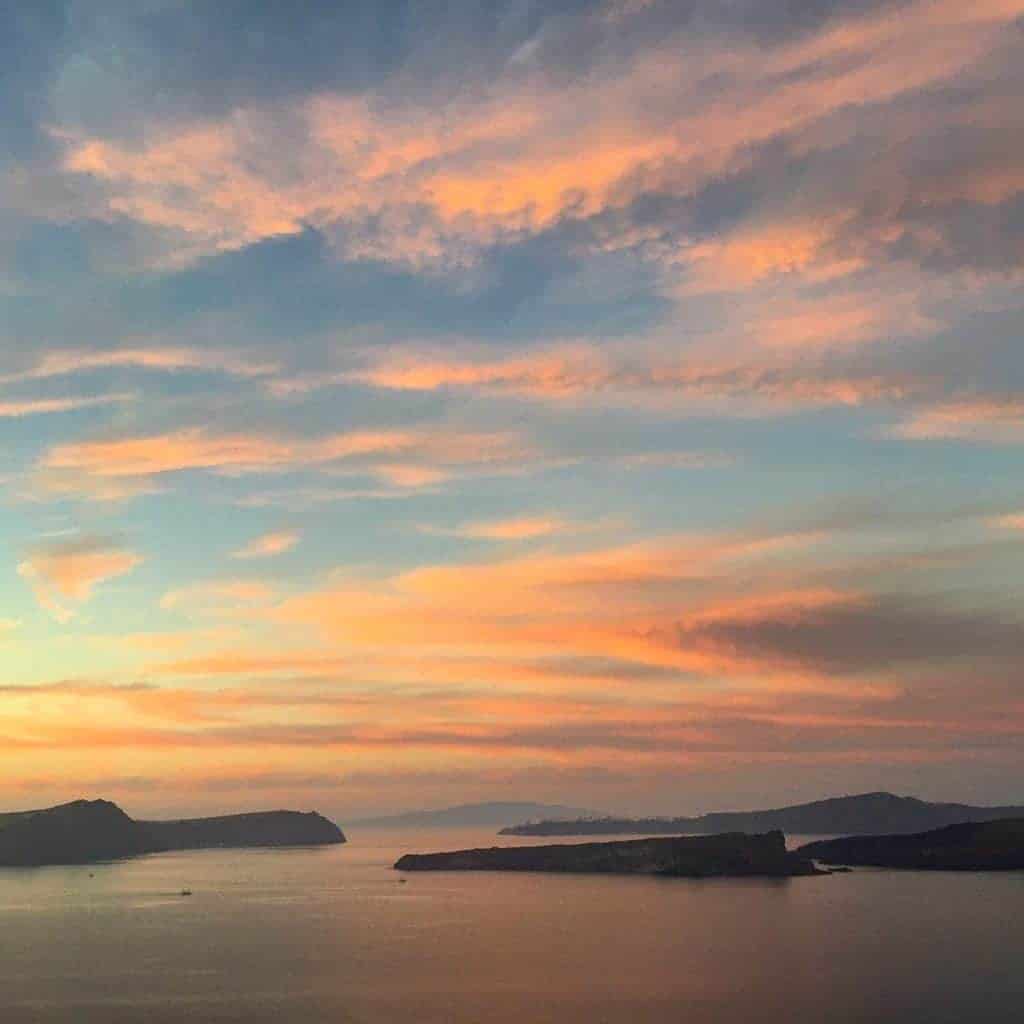
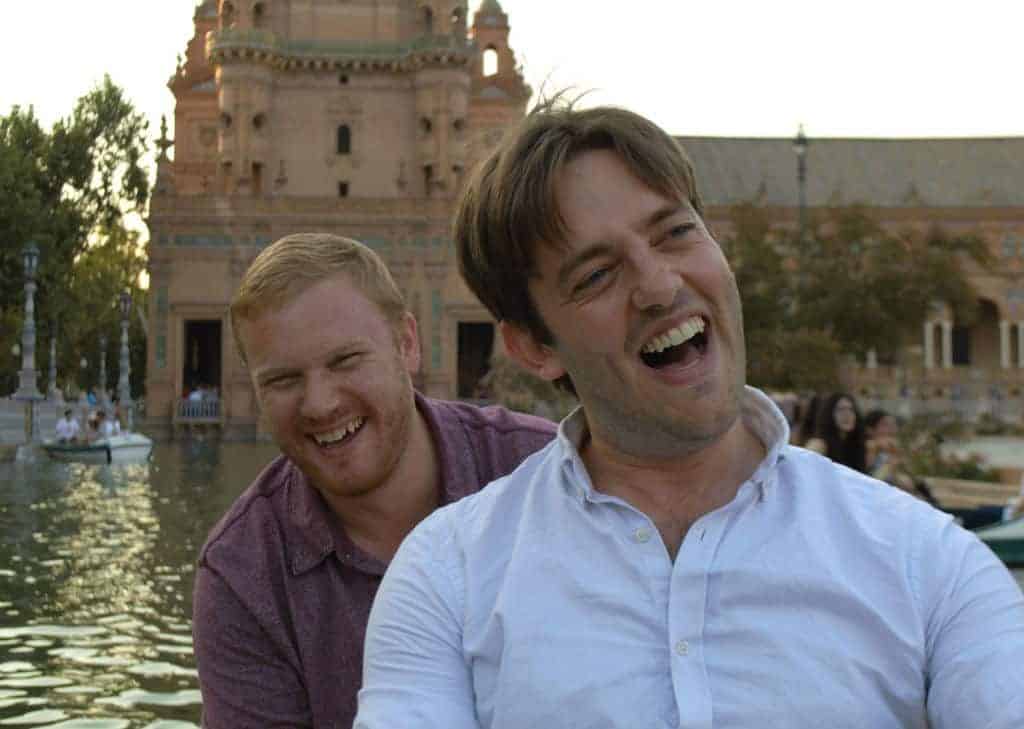
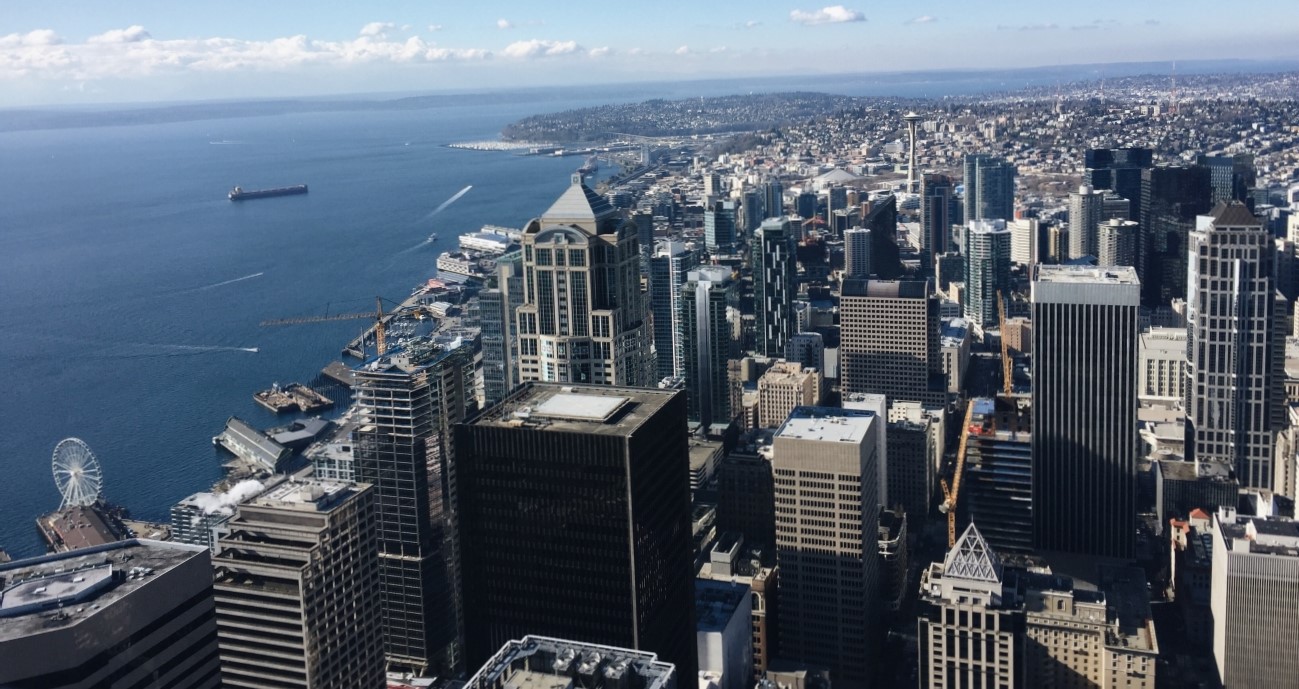

 Pro traveling hot mess for 20 yrs
Pro traveling hot mess for 20 yrs  Travel guides w/ fam & friends
Travel guides w/ fam & friends

 Global itineraries
Global itineraries 





 permi
permi


 I’m Eileen, a seasoned travel writ
I’m Eileen, a seasoned travel writ
 Stop planning every single second of your nex
Stop planning every single second of your nex




 #ichreela
#ichreela
 )BIG PURE WANDER ANNOUNCEMENT! Fi
)BIG PURE WANDER ANNOUNCEMENT! Fi





This looks so pretty and relaxing. What a treat
amazing! I would love to go there someday. This was unusual and different! I like that.
Wow! This is beautiful and I would love to visit Fiji.
The Real Person Badge!
Very nice article on Fiji!
The Real Person Badge!
Thanks Naveen!
The Real Person Badge!
Whoa ,that’s a Lotta travel time! Beautiful place ,I’m more of a car day trip gal.
The Real Person Badge!
Wow!!!
The Real Person Badge!
like to be in fiji
The Real Person Badge!
What a beautiful place ! I would love to go diving here .